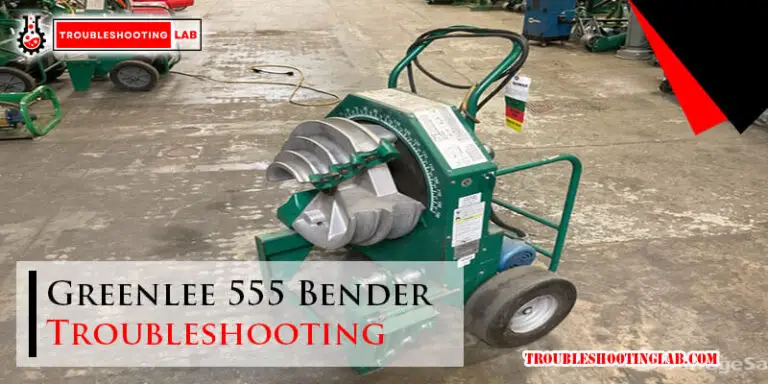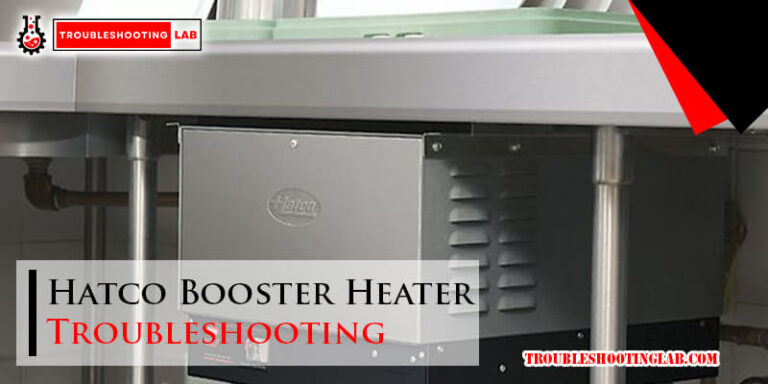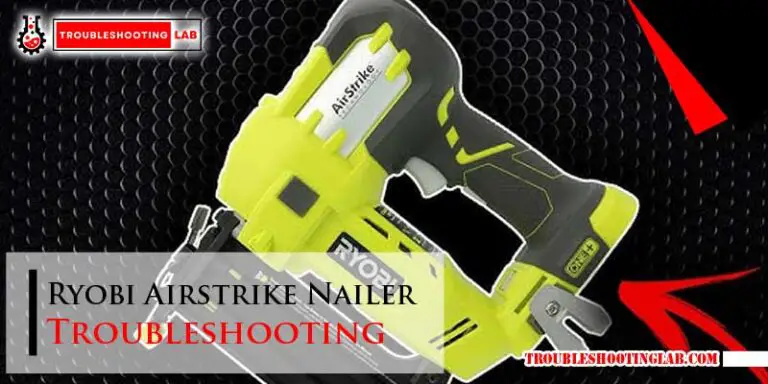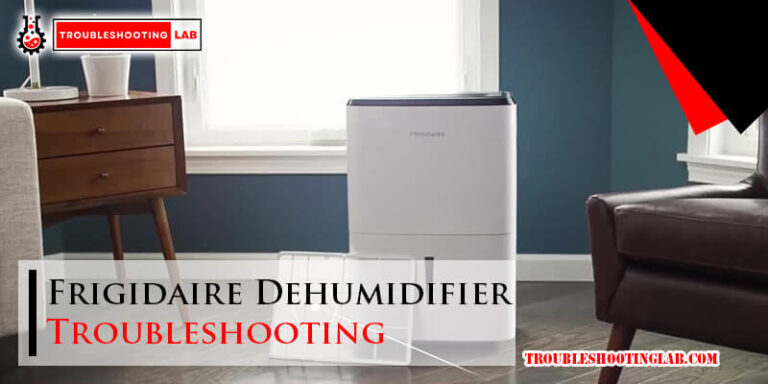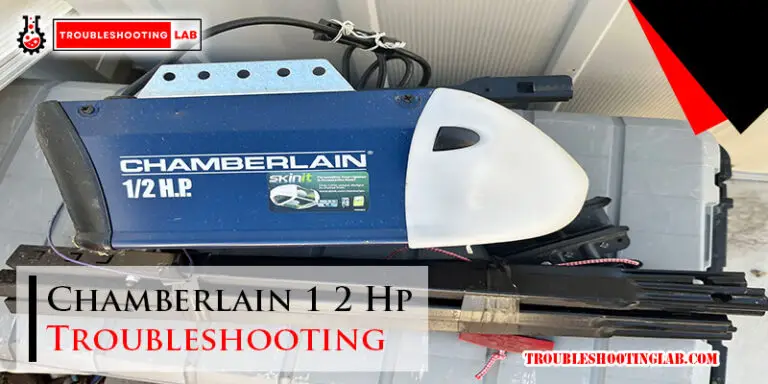Whirlpool Whes33 Water Softener Troubleshooting: Fixing Common Issues Fast!
For Whirlpool WHES33 water softener troubleshooting, first check for error codes on the display panel, then ensure proper power supply. Proper maintenance of water softener can prevent common issues.
Regularly clean the brine tank, replenish salt, and check for salt bridging or mushing. Also, inspect the valve and resin tank for any leaks or clogs. By following these troubleshooting steps, you can ensure the efficient functioning of your Whirlpool WHES33 water softener.
Water softeners play a crucial role in providing clean and softened water for household use. However, like any appliance, they may encounter issues that require troubleshooting. In this guide, we will explore common problems that may arise with the Whirlpool WHES33 water softener and provide simple solutions to address them. By understanding how to troubleshoot these issues, you can maintain the optimal performance of your water softener and enjoy the benefits of softened water in your home.

Credit: youtube.com
Common Issues With Whirlpool Whes33 Water Softener
Experiencing problems with your Whirlpool WHES33 water softener can be frustrating when it fails to perform its job effectively. In this guide, we will explore some common issues that users may encounter and how to troubleshoot them.
If your Whirlpool WHES33 water softener is not softening the water as expected, check the water hardness settings to ensure they are properly adjusted. Additionally, inspect the resin tank for any blockages or damage that may be hindering the softening process.
- Check water hardness settings.
- Inspect resin tank for blockages.
When the regeneration cycle of your Whirlpool WHES33 water softener is not functioning correctly, it can lead to hard water issues. Verify that the timer settings for regeneration are programmed accurately and consider cleaning or replacing the control valve if necessary.
- Verify timer settings for regeneration.
- Clean or replace control valve if needed.
Unit Not Softening Water
If your Whirlpool WHES33 water softener is not effectively softening your water, there are a few troubleshooting steps you can take to address this issue.
Check Salt Levels
- Verify salt is at the correct level in the brine tank.
- Inadequate salt can inhibit the softening process.
Inspect Salt Bridge
- Look for a hardened salt bridge in the tank.
- Clear any obstructions that may be preventing the salt from properly dissolving.
Regeneration Cycle Not Working
When the regeneration cycle of your Whirlpool WHES33 water softener is not working properly, it can lead to hard water issues in your home. This can result in limescale buildup, reduced soap lather, and other water-related problems. Troubleshooting the regeneration cycle can help you identify and resolve the issue, ensuring your water softener operates effectively.
Check Power Supply
If the regeneration cycle is not working, the first step is to check the power supply to the water softener. Make sure the unit is plugged in and that there are no issues with the electrical outlet. Verify the power cord for any damage and ensure it is securely connected. Inspect the circuit breaker or fuse to ensure it has not tripped or blown. Paying attention to these power supply details can often reveal issues causing the regeneration cycle to malfunction.
Examine Valve Motor
An important component of the regeneration cycle is the valve motor. Inspect the valve motor for any visible signs of damage or obstruction. Clean the motor to remove any debris or buildup that may be affecting its functionality. Check the wiring connections to ensure they are secure and undamaged. Test the motor to see if it is receiving power and operating as expected. Addressing any issues with the valve motor can help resolve regeneration cycle problems.
Low Water Pressure
Experience low water pressure with your Whirlpool WHES33 water softener? This common issue can be caused by various factors, such as clogged filters or a malfunctioning valve. Ensure proper troubleshooting by checking for any blockages, adjusting the settings, and maintaining regular system maintenance.
Inspect Valves And Pipes
If you’re facing low water pressure with your Whirlpool Whes33 Water Softener, it’s essential to inspect the valves and pipes for any issues. Valves and pipes that are damaged or clogged can significantly impact water flow and pressure throughout the system.
First, check for any visible signs of damage or leaks in the valves and pipes. Look for cracks, corrosion, or loose connections. Tighten any loose fittings and, if necessary, replace any damaged parts.
Clean Nozzles And Venturi
Another common cause of low water pressure in your Whirlpool Whes33 Water Softener is clogged nozzles and venturi. Over time, sediments, minerals, and other particles can accumulate in these components, obstructing the flow of water.
To clean the nozzles, simply remove them from the softener and rinse them thoroughly with clean water. You can also soak them in a vinegar solution to remove any stubborn deposits. Once cleaned, reinsert the nozzles securely into their positions.
Similarly, the venturi should be cleaned to ensure optimal water flow. Remove the venturi from the softener and inspect it for any signs of blockage or debris. Use a small brush or pipe cleaner to gently dislodge any obstructions. Rinse the venturi with clean water and reassemble it carefully.
By regularly inspecting valves and pipes and cleaning the nozzles and venturi, you can address the low water pressure issue in your Whirlpool Whes33 Water Softener effectively. Ensuring proper water flow and pressure is essential for the system to function optimally and provide you with softened water throughout your home.
Table 1: Steps to Inspect Valves and Pipes
| Steps | Description |
|——-|————-|
| 1 | Check for visible signs of damage or leaks in valves and pipes |
| 2 | Tighten any loose fittings and replace damaged parts |
| 3 | Ensure all connections are secure |
Table 2: Steps to Clean Nozzles and Venturi
| Steps | Description |
|——-|————-|
| 1 | Remove nozzles from the softener |
| 2 | Rinse the nozzles thoroughly with clean water |
| 3 | Soak the nozzles in a vinegar solution if necessary |
| 4 | Reinsert the nozzles securely into their positions |
| 5 | Remove the venturi from the softener |
| 6 | Inspect the venturi for blockage or debris |
| 7 | Use a small brush or pipe cleaner to dislodge any obstructions |
| 8 | Rinse the venturi with clean water |
| 9 | Reassemble the venturi carefully |
Excessive Water In Brine Tank
Experiencing excessive water in the brine tank of your Whirlpool Whes33 Water Softener may indicate a potential clog or malfunction in the system. Check for blockages and ensure proper water flow for optimal performance. Regular maintenance can help prevent such issues.
Dealing with excessive water in the brine tank of your Whirlpool Whes33 water softener can be frustrating. This issue can prevent the regeneration cycle from happening properly, leading to a decrease in soft water production. However, there are a few simple troubleshooting steps you can take to address this problem and get your water softener back in optimal working condition.
Here are two steps you can follow to troubleshoot excessive water in the brine tank:
Adjust Salt Dose Settings
Incorrect salt dose settings can contribute to the buildup of excess water in the brine tank. To adjust the salt dose settings:
- Refer to the user manual or documentation provided with your Whirlpool Whes33 water softener for specific instructions on adjusting salt dose settings.
- Locate the salt dose control knob or keypad on the control panel of your water softener.
- Using the instructions provided, adjust the salt dose settings to ensure the correct amount of salt is being used during the regeneration process.
- Monitor the brine tank over the next few cycles to see if the excessive water issue improves. If not, proceed to the next troubleshooting step.
Check Brine Tank Overflow
Another possible cause of excessive water in the brine tank is a brine tank overflow problem. To check for brine tank overflow:
- Inspect the brine tank for any signs of overflowing, such as water spilling out from the top or a high water level.
- Verify that the brine tank overflow tube is properly connected and not blocked or damaged. Clean or replace the overflow tube if necessary.
- Check that the air check valve, located on the back of the control panel, is functioning correctly. Ensure it is not stuck or obstructed, as this can cause water to overflow in the brine tank.
- If you notice any issues with the brine tank overflow, address them accordingly and monitor the tank to see if the excessive water problem persists.
By adjusting the salt dose settings and checking for brine tank overflow, you can troubleshoot and resolve the problem of excessive water in the brine tank of your Whirlpool Whes33 water softener. Following these steps will help ensure proper functioning and efficient water softening, providing you with the soft water you desire.
Frequently Asked Questions On Whirlpool Whes33 Water Softener Troubleshooting
How Do I Reset My Whirlpool Whes33 Water Softener?
To reset your Whirlpool Whes33 water softener, locate the reset button on the control panel and press it. This will restore the default settings.
Why Is My Whirlpool Whes33 Water Softener Not Regenerating?
If your Whirlpool Whes33 water softener is not regenerating, check the salt level, ensure the brine line is not clogged, and inspect the settings on the control panel.
How Often Should I Clean My Whirlpool Whes33 Water Softener?
Cleaning frequency for the Whirlpool Whes33 water softener depends on the water hardness and usage. It is recommended to clean it every 6-12 months for optimal performance.
What Should I Do If My Whirlpool Whes33 Water Softener Is Leaking?
If your Whirlpool Whes33 water softener is leaking, first turn off the water supply and unplug the unit. Check for any visible cracks, loose connections, or damaged seals that may need to be repaired or replaced.
How Long Does A Whirlpool Whes33 Water Softener Last?
The lifespan of a Whirlpool Whes33 water softener varies depending on factors such as usage, maintenance, and water conditions. With proper care, it can last for 10 to 15 years.
Conclusion
Troubleshooting Whirlpool WHES33 water softener issues can be an effortless task with the right approach. By following the troubleshooting tips and techniques mentioned in this guide, you can effectively identify and resolve common problems without the need for professional assistance.
Keep your water softener running smoothly and efficiently for years to come with these simple troubleshooting solutions.

